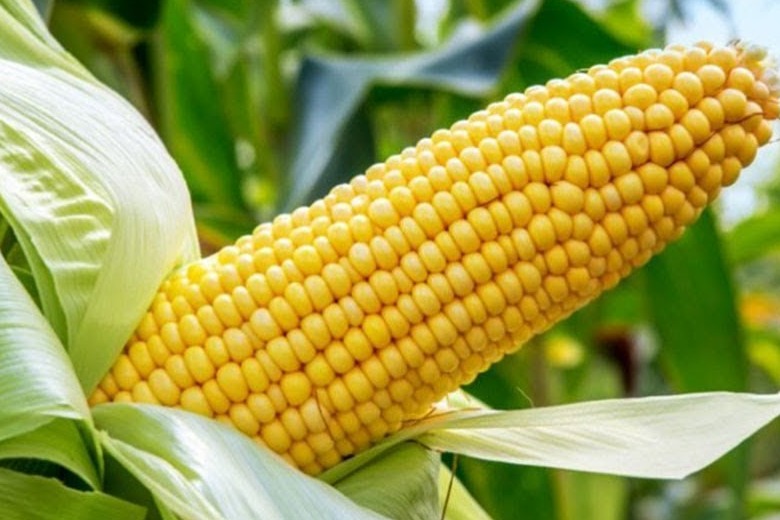Annual maize crop under threat from Aflatoxin attacks
 Kenya rejected maize worth UGX 180billion ($48 million) due to the problem.
Kenya rejected maize worth UGX 180billion ($48 million) due to the problem.
April 4—Nearly half of Uganda’s annual maize production and 92 pc of the sorghum is contaminated with Aflatoxin and not fit for trading or consumption. Annual losses from poor post-harvesting handling are estimated at $16.3 million and recently, Kenya rejected maize worth UGX 180 billion (about $48 million) due to the problem.
Gerald Masila, the Eastern Africa Grain Council (EAGC) executive director said the problem of contamination in Uganda is a huge one due to the geographical location of Uganda, being in the tropics and having two rainy seasons in a year.
“These, combined with lack of better post-harvest handling methods/storage facilities, lack of Aflatoxin testing machines or facilities, poor market prices for the grains among others, leave Ugandan farmers, traders and consumers susceptible to Aflatoxin contamination,” he said. He was speaking during an Aflatoxins seminar organised by EAGC in Kampala.
Aflatoxins are a family of toxins produced by certain fungi that are found on agricultural crops such as maize, peanuts, cottonseed, and tree nuts. The main fungi that produce aflatoxins are Aspergillus flavus and Aspergillus parasiticus, which are abundant in warm and humid regions of the world.
Based in Nairobi, but with country offices across the region, the EAGC is involved in developing, promoting, and influencing structured a grain trading system in the Eastern Africa region with defined rules and regulations.
The EAGC also tries to improve the policy and trading environment in the regional grain trade, strengthen market linkages and reduce constraints along the grain value chain. Latest figures show annual total Ugandan maize exports at just over $100 million.
EAGC members can be grain traders, farmers or processors. All cereals traded in the region are covered, such as maize, wheat, rice, barley, sorghum, and millet. The Council is a not-for-profit company limited by guarantee, and works closely with donors and research Institutions.
Masila said there are presently only 25 certified grain storage facilities in Uganda despite it being the leading cereal crop.
“We call upon all farmers, traders that have storage facilities to have them inspected certified by EAGC so that we can all work together to improve the quality of our grains for both public consumption and export,” Masila said.
He introduced seminar participants to a new technology designed by Australian firm, I-Grain, that can substantially reduce post-harvest losses. Masila asked farmers to take advantage of this technology which will first be introduced in central Uganda before being rolled out across the rest of the country.

 African Heads of state head to South Korea next week for Summit talks
African Heads of state head to South Korea next week for Summit talks
 Trading leads as main source of income for Ugandans
Trading leads as main source of income for Ugandans
 New leadership for bankers’ umbrella as total assets top $12 billion
New leadership for bankers’ umbrella as total assets top $12 billion
 Brussels Airlines to announce Nairobi service
Brussels Airlines to announce Nairobi service
 SITA promises enhanced travel experience after Materna acquisition
SITA promises enhanced travel experience after Materna acquisition
 Saudia’s 105 aircraft order stretches A320neo lead over rival Max
Saudia’s 105 aircraft order stretches A320neo lead over rival Max
